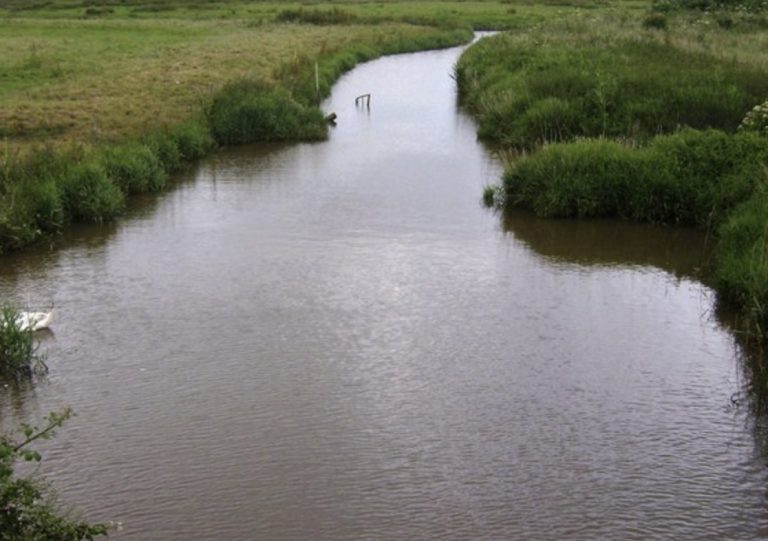Nitrate pollution in rivers is one of the most common forms of water pollution. It’s one that people living near agricultural areas are particularly familiar with. Agricultural soil contains large amounts of nitrates, which find their way into surface water systems through rainfall and irrigation.
When these high-nitrate waters are consumed by sensitive river ecosystems, they can lead to various ecological and health problems. There are many sources of nitrates including fertilizer, septic tanks, farming, and industrial activities. This blog post will talk about major sources of nitrate pollution in rivers and some actions to reduce this problem.
What is Nitrate Pollution in Rivers?
Nitrate pollution in rivers is caused by a variety of sources, some natural and some man-made. Nitrates are found naturally in rocks and soil, as well as living organisms such as algae and bacteria. However, nitrogen is also added to the environment when fertilizers are used on lawns and farmland. These fertilizers contain nitrates which are then washed into streams by rainwater or melting snow. Nitrates also make their way into rivers when animal waste from farms or human sewage from septic tanks is dumped or leaked into waterways.
When nitrates enter water bodies they can have detrimental effects on aquatic life, as well as humans who consume fish from those same water sources. When nitrates combine with organic matter such as leaves or animal waste they become toxic to aquatic plant life, which can lead to algae blooms that choke out oxygen for other organisms in the water; often resulting in fish-kills
Nitrates contaminate drinking water supplies and pose health risks because they can cause methemoglobinemia, also known as blue baby syndrome, in infants less than six months old. Methemoglobinemia is caused by an enzyme that cannot process the excess nitrates in their bloodstream. This results in lower levels of oxygen being circulated throughout their bodies.
Nitrates also affect human health because they are converted into nitrites by certain bacteria that live in our bodies. Nitrites are harmful because they can combine with hemoglobin (the molecule in our blood that carries oxygen) to form methemoglobin, which doesn’t carry oxygen very well. This condition is called methemoglobinemia and can be fatal if untreated.
What causes nitrate pollution in water?
Nitrate pollution in water is caused by many different things, but the most common culprits are fertilizers and manure. These fertilizers contain compounds called nitrates, which are very soluble in water and can easily be washed off the land into lakes, rivers, and other bodies of water. When the nitrates come in contact with bacteria present in the water, they turn into nitrites—which can then be converted by other bacteria into nitrous oxide (N2O), a greenhouse gas 300 times more potent than carbon dioxide!
Which of these are the two major sources of nitrate pollution in rivers?
The two major sources of nitrate pollution in rivers are animal waste and fertilizers, but different types of nutrients in each can have very different effects on the environment.
- Animal waste refers to excrement from farm animals and pets, both wild and domesticated. This can be a major source of pollution because it contains high levels of nitrogen from plants and proteins from food. If that waste is not properly treated before being released into the environment, it can pollute water by releasing nitrates into the water.
- Nitrates are also found in fertilizer used by farmers on land to grow crops. When the plants die or get cut down they sink to the bottom of the river where they decompose slowly. During this process bacteria consumes oxygen. When there is not enough oxygen left for fish and other aquatic animals to survive other bacteria will consume them instead producing more nitrates in the water.
GO Hazmat Hub: Complete Nitrate Pollution Management Solution
Go Hazmat Hub provides expert services for controlling nitrate pollution in rivers. The industrial waste and sewage that we allow to flow freely into our waterways can often lead to toxic algal blooms, which are harmful to aquatic life as well as humans and animals that drink the water.
Go Hazmat Hub is a company with a mission to help protect our water by using methods that do not create additional pollution. The hub specializes in the cleanup of nitrate contamination—whether it’s from residential or commercial sources—and has access to technologies that can effectively deal with these issues without damaging the environment further.


0 Comments